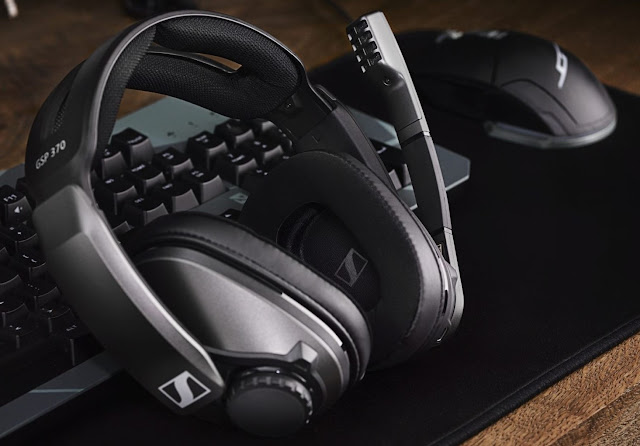Hardware review by Matt S.
As a final note, the GSP 370 has some incredible battery life backing it up. EPOS says you get 100 hours on a charge. I believe that. That’s a little over four days of continuous use. I’ve been using the headset for about two weeks and after the initial charge, I’ve not had to charge it again. Obviously, I’ve not had the headset glued to my ears over that time, but I’ve had a solid couple of gaming sessions in there and it’s been plugging along like a champion.
In the end, EPOS is asking a premium price for a highly specific headset application. That’s not to say by any means it’s not worth the investment, though. If you largely consume the games you play, then the spectacular sound quality delivered into the ears through the headset is worth every penny and then some. If, however, you’re also a contributor, recording videos, streaming, and playing heavily interactive games online, then it’s hard to look at the mic quality and not be disappointed by it set against the price. You don’t necessarily expect studio-quality mics on these things, but, noise-cancelling aside, there are budget-priced headsets that give you a better shot at developing your radio voice, and that’s just not good enough.
– Matt S.
Editor-in-Chief
Find me on Twitter: @mattsainsb
DDNet was provided with this headset from EPOS for the purposes of review.








